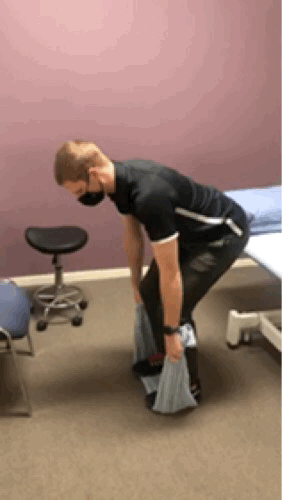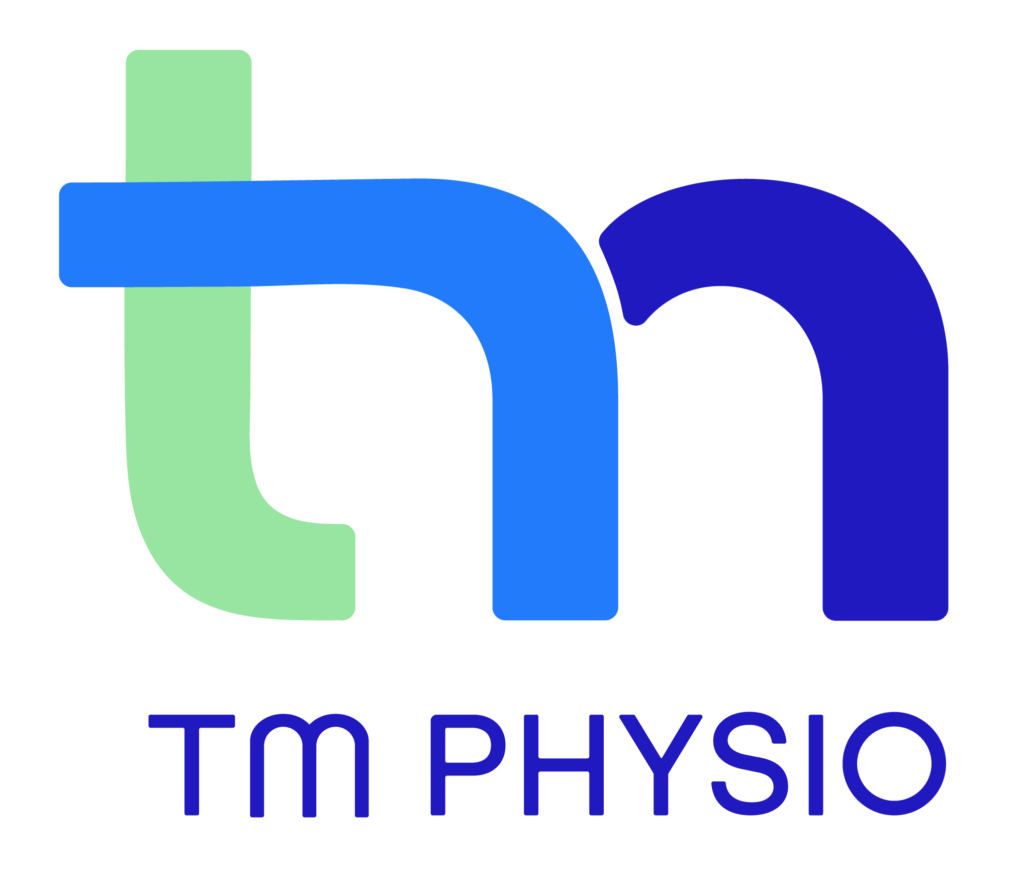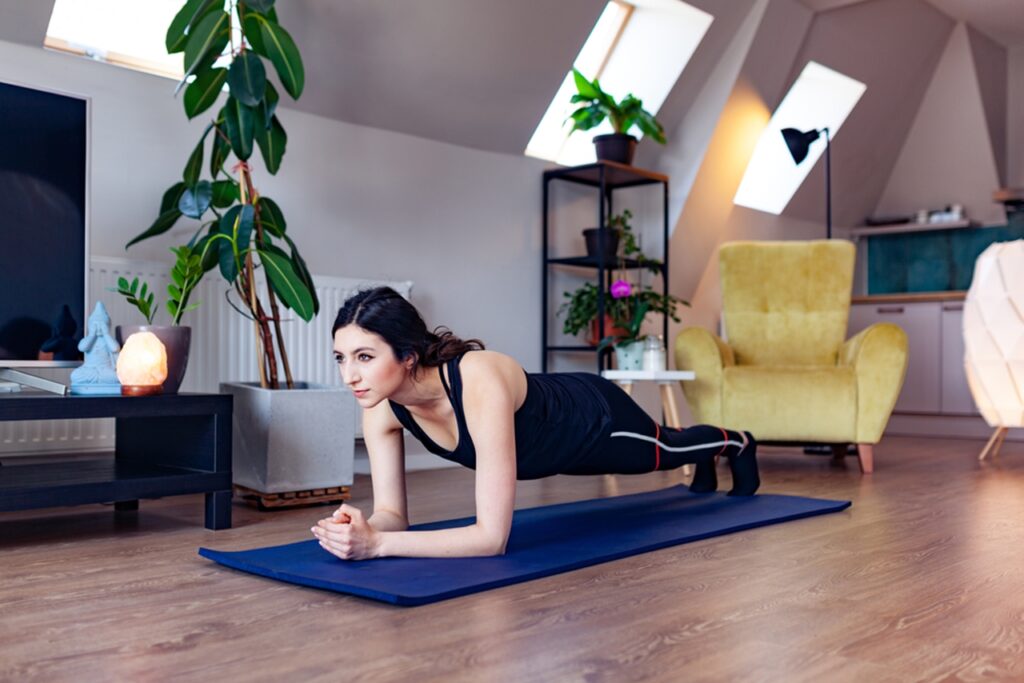Lockdown Workouts at Home are Possible!
Lockdowns around the country can make it tough to keep up your physical activity, especially strength-based workouts without a gym, and when limited with the amount of exercise outside your house per day. It’s hard to know where to start. But not to worry, you can exercise in your home or backyard with a few easy adjustments. The adjustments will help you still maintain or increase strength, power and stability until gym’s re-open.
Workouts at home are all about creativity, both with your exercise selection and with equipment you can use to add weight to the exercises. Normally the first place people go to is increasing volume or the amount of an exercise that they perform. We know from research that sudden increases to the amount of exercise that you perform is a major factor in injury risk. So how do we alter our programs so that we can still get a similar stimulus from our program?
One thing to note is that our muscles in our body react to stress and build/remodel themselves according to the stress that we place on them. Tension in the muscle is something you may have heard about before, this is the first area to adjust slightly. ‘Time under tension’ is a phrase that refers to the amount of time the targeted muscle is working during a particular exercise. We can modify time under tension in 99% of exercises, to still give the muscle a strong stimulus without needing heavy weights at home.
Here are some practical options for home!
1. Tempo
Tempo refers to the amount of time you spend in each phase on an exercise.
A simple tempo on a program would look something like this 3 – 1 – 3 – 1.
Simply put this sequence is:
- 3 – The first number represents the lengthening the muscle (eccentric) part of the movement
- 1 – The second number is the hold the muscle (isometric) phase
- 3 – The next number is the shortening the muscle (concentric) phase
- 1 – The final number is the hold the muscle (isometric) phase at the top of the movement.

For example in an exercise such as a squat this would look like the following:
- 3 seconds lowering to the ground
- 1 second paused at the bottom of the squat,
- 3 seconds moving to stand back up,
- 1 second pause at the top of the squat.
2. 1 ¼ Repetitions
Another way we can manipulate time under tension is with partial repetitions within a movement. Using the same movement of a squat as explained above, the movement would involve:
- lowering down to the bottom of the squat
- coming up ¼ of your rep range
- returning to the bottom again then completing the squat by returning to standing.
This allows us to keep the muscles being worked under tension for longer, increasing the load, stress and demands placed on it, while not increasing the amount of volume performed in respect to sets and repetitions.
3. Isometric (Holding) Contractions

Another way to get a heavy strength stimulus is through utilisation of isometric movements. By using an isometric movement, you can place as much tension as possible into a muscle creating a strong force input stimulus. As seen in the example, a movement such as a deadlift can be modified by using a towel allowing us to drive through the hamstrings and glutes with as much force as we can produce.
The sets of these would look something like 6 repetitions of 5 second maximal holds.
Below you will find 3 Exercise Programs for different levels
Lockdown Home Workout – Beginner
Lockdown Home Workout – Intermediate
Lockdown Home Workout – Advanced
If you would like assistance with modifying your exercise program for home, or any advice on how to perform your exercises at home safely and efficiently, contact our clinic on 02 6254 9889 or make a booking online. Our exercise physiologist can work with you either in the clinic or via telehealth appointments to design a home exercise program that is individualised to you and your home setup.



